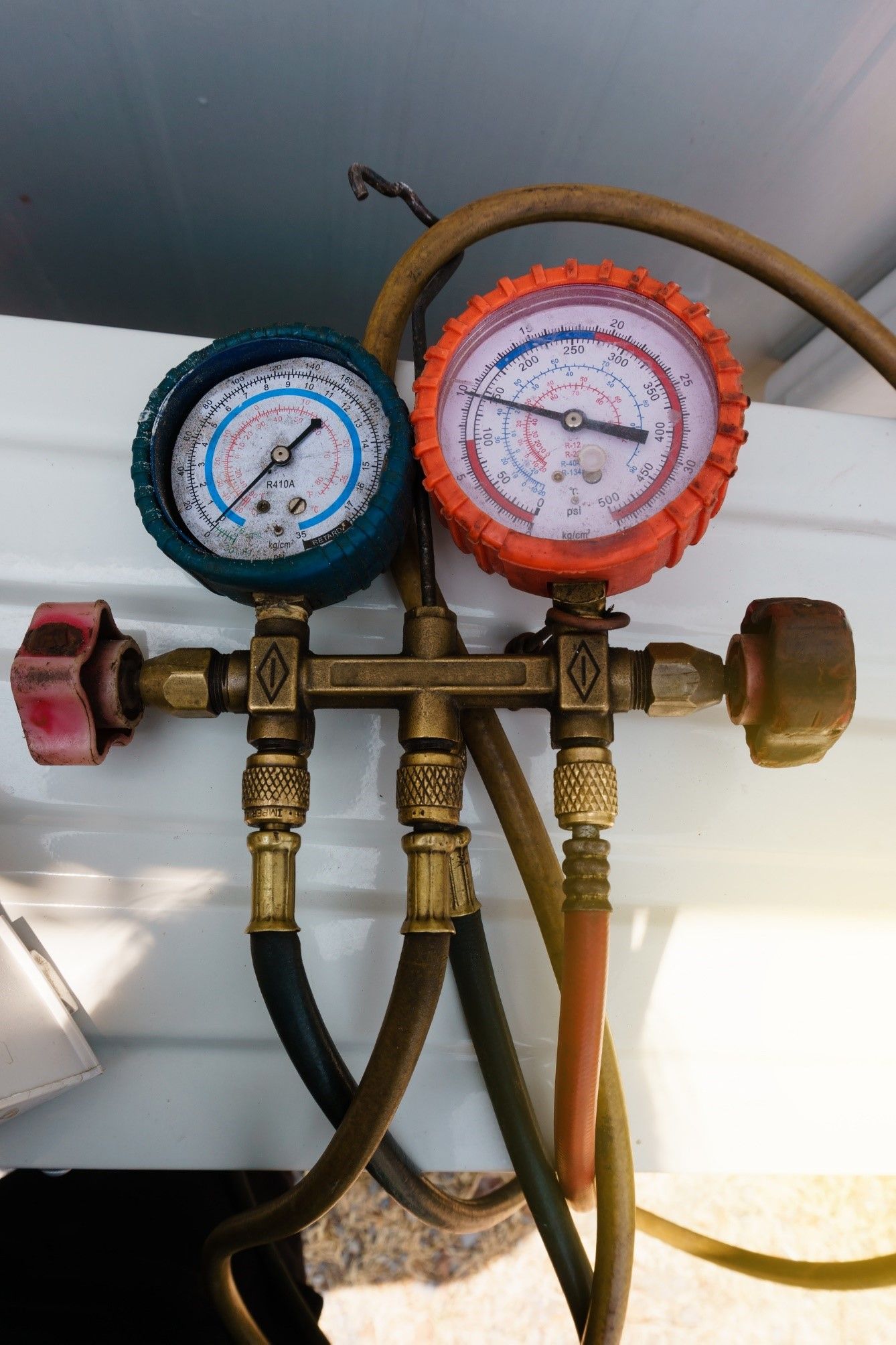
Does My Air Conditioner Need Freon? What is Freon?
Let’s Start with Definitions
Just to be a stickler for language and definitions, let’s offer two definitions directly from Wikipedia:
-
-
- Freon is a registered trademark of The Chemours Company, which uses it for a number of halocarbon products. They are stable, nonflammable, low-toxicity gases or liquids which have generally been used as refrigerants and as aerosol propellants. These include the chlorofluorocarbons (CFCs) that cause ozone depletion. Freon is a brand name for the refrigerants R-12, R-13B1, R-22, R401A, R502, and R-503
-
-
- manufactured by The Chemours Company.
-
- The term “freon” is also a generic descriptor of a fluorocarbon refrigerant.
To put it another way, Freon is a brand name and a registered trademark of a refrigerant widely used in air conditioning systems. CFCs are a component of that refrigerant that has been banned as a cause of ozone depletion. The word freon lives on as a generic word for any refrigerant used in air conditioners.
Specifically, the CFC R-22 is banned from manufacturing or importing into the United States. But there are many air conditioning systems still operating with Freon R-22. Freon R-22 has become in increasingly short supply and as a result the price has increased significantly. Typically Freon R-22 is 300-400% more expensive than the current standard Freon 410A. Newer systems have not been using Freon R-22 for a decade.
Should Older Systems that Use R-22 Be Replaced?
If your system uses R-22, then it is older and possibly nearing the end of efficient operational life. It may still have some useful years, and if it continues to perform well there is not an immediate rush to replace it. You should, however, get regular maintenance and keep your older system operating until it becomes time for a replacement.
In the normal course of operation, an air conditioning system can lose a small amount of Freon every year. During your semi-annual maintenance visit, it is not uncommon for your HVAC technician to recommend a “top-up” of the refrigerant levels on your system. The challenge occurs if there is a significant refrigerant leak in a Freon R-22 system. In this instance, even if the leak in the system can be repaired, it will most likely be cost-prohibitive to recharge (i.e. refill) the system with Freon R-22 and thus a system replacement is most commonly the best course of action at that time. Remember, in this instance it is not that Freon R-22 is not available, but that it is so expensive that investing several thousand dollars in additional Freon R-22 does not make financial sense for homeowners.
The service technicians at Semper Fi can help you understand your options with regard to freon availability. We are here to help you get as much life out of your older system as practically possible and offer competitive, cost-effective system replacement options as needed.
What Does Freon Do in Your Air Conditioning System?
Freon passes through your AC refrigerant lines. The air conditioner compressor compresses freon gas which makes it hot. It then travels through coils that cool and convert it from gas to a liquid state. Next, it travels to evaporators that convert it back to gas that can cool the air in your home.
After years of circulating, the amount of freon in your system will decline. Tiny pinhole leaks will allow freon to escape and make the pressure in the system decline. When people refer to an AC system needing to be recharged or refilled, they are referring to the levels of freon. If your system is running longer than it did in the past, or if it seems that your system is not keeping you as cool as you expect, it could be that the freon needs to be recharged.
Call Semper Fi to make an appointment for a technician to check your system’s freon levels and add whatever is needed to get your system back to working like new at full efficiency.
Table of Contents
Other Blogs You May Be Interested In
Categories

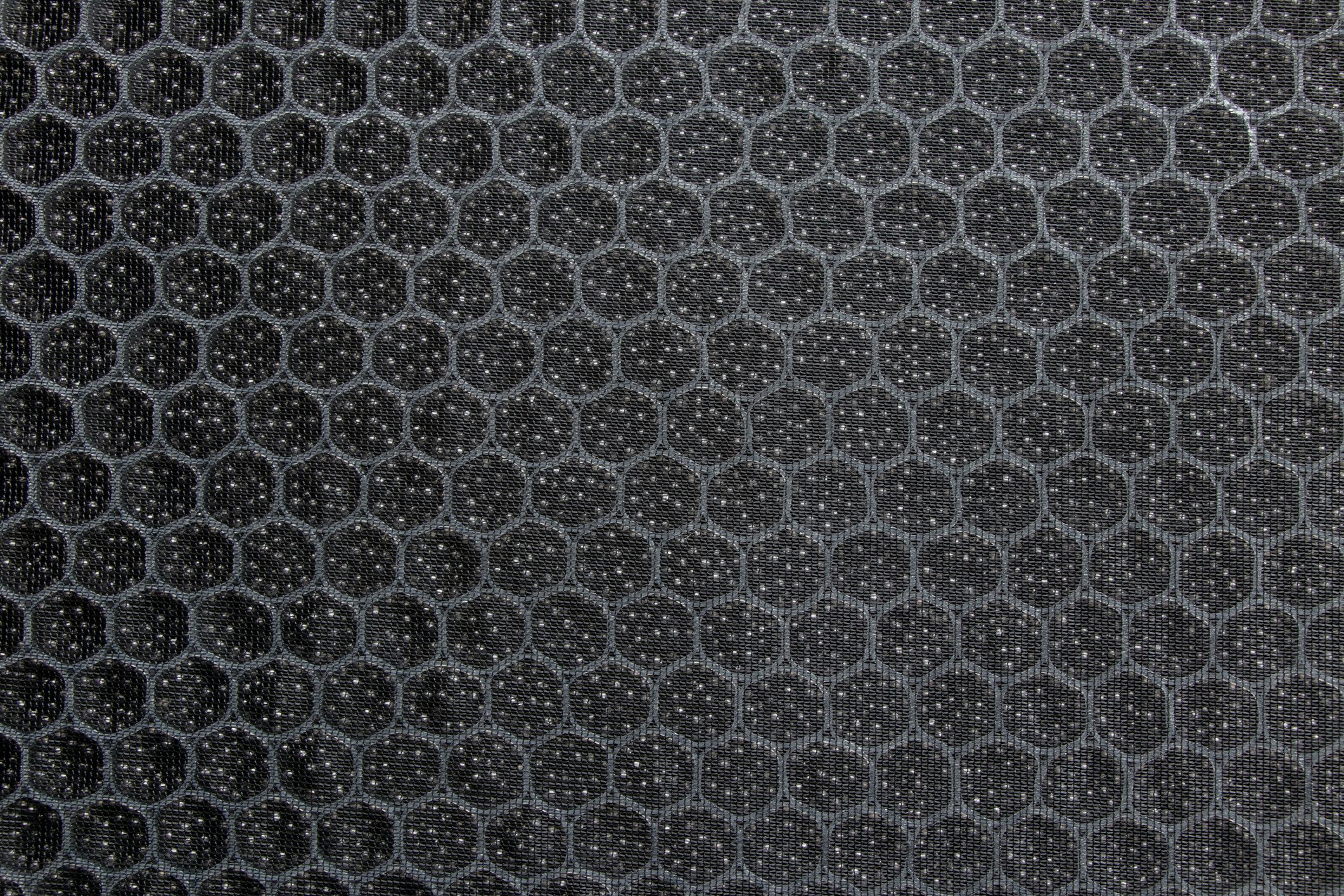
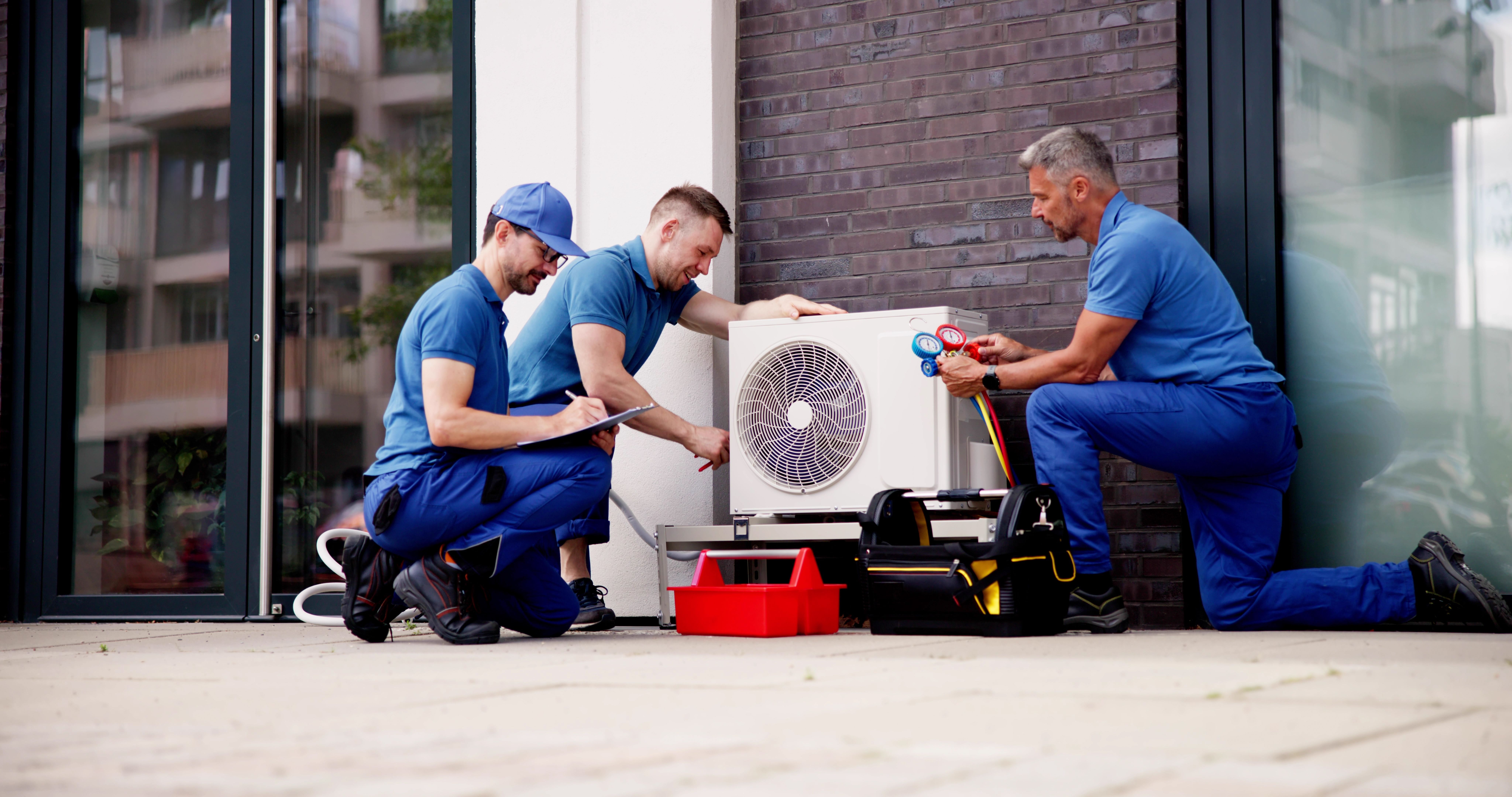


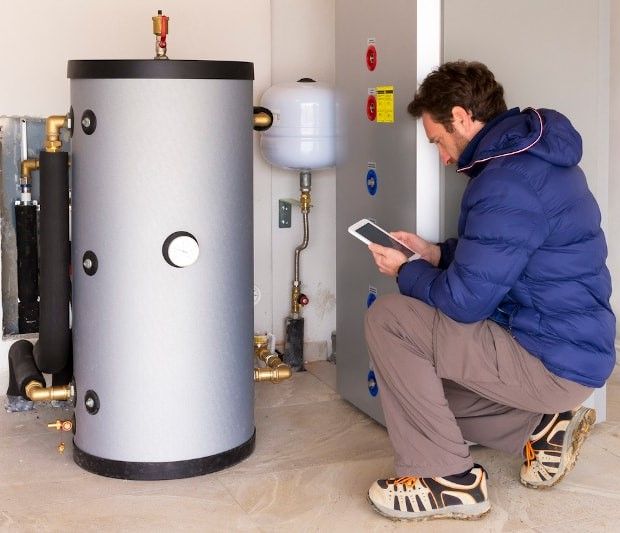
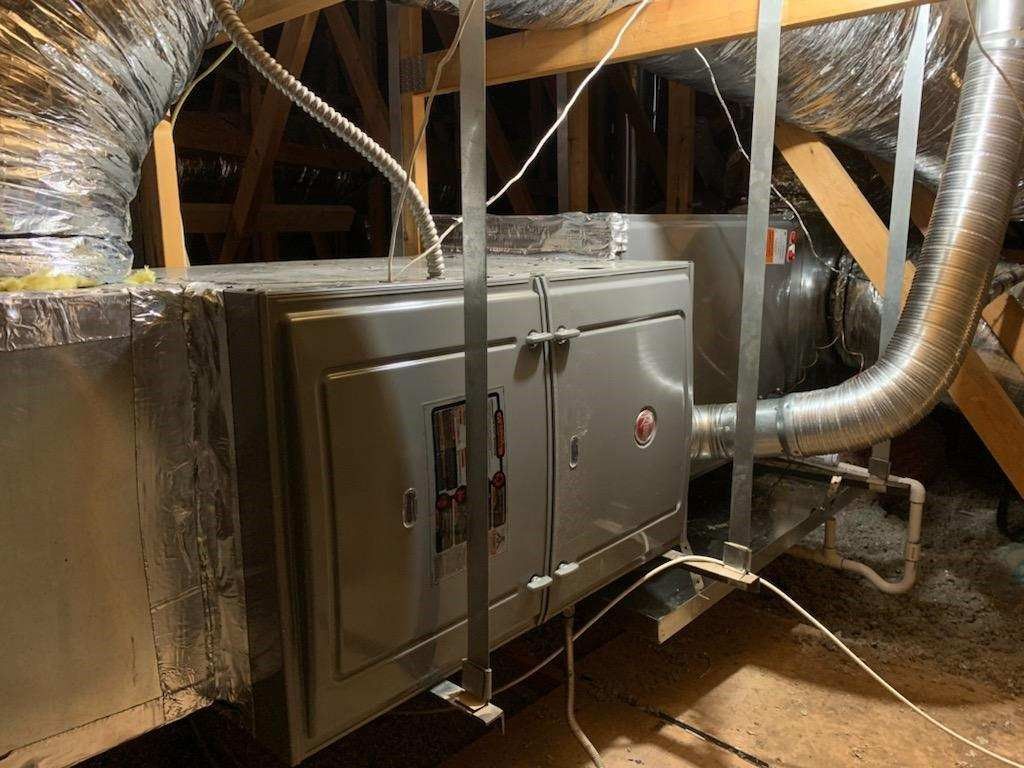

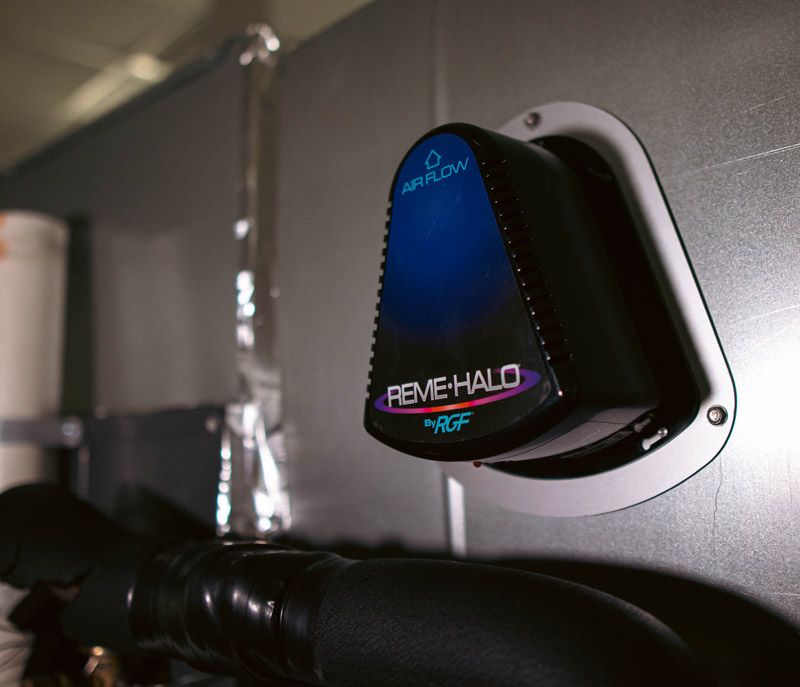
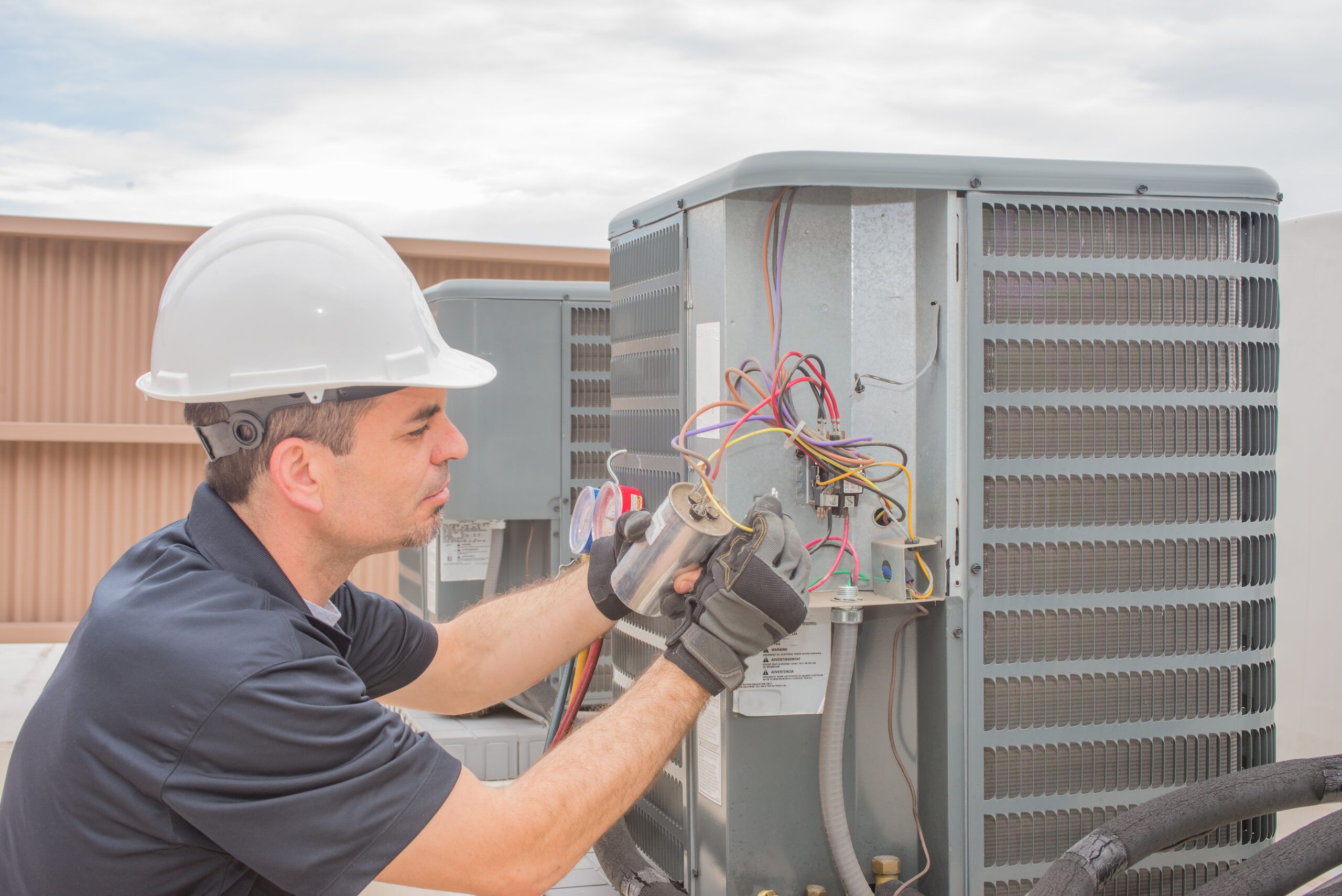

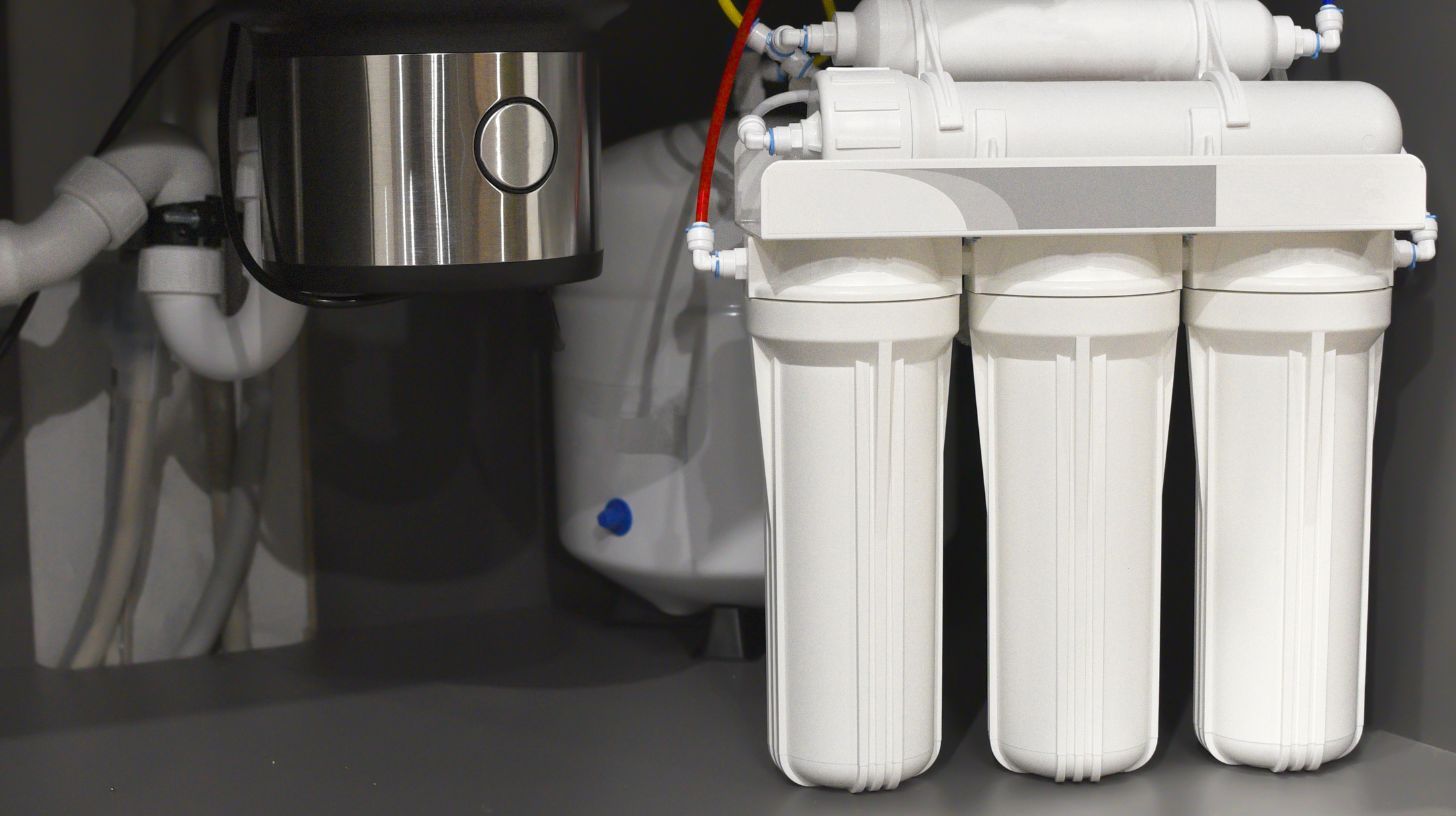
Leave a Reply